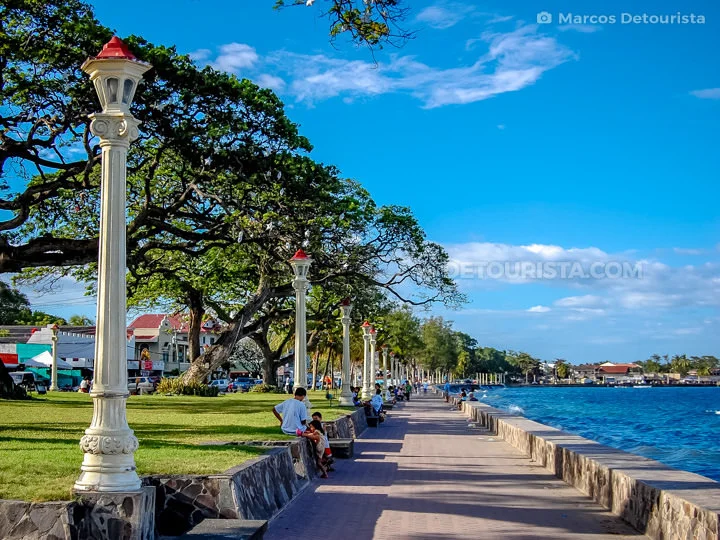Are you curious about what kind of climate and weather conditions one can expect in the beautiful Philippines? With its tropical monsoon climate, The Philippines is well known for having two distinct seasons during the year. A dry season and a wetter season. But how does this affect daily weather patterns throughout the archipelago? In this blog post, we’ll explore all facets of the climate and weather experienced by those living in or visiting The Philippines. From forecasting coastal typhoons to tracking humidity levels up among lush inland mountainsides. Read on to learn everything you need to know about understanding – and even enjoying -The Philippine climates!
The Tropical Climate of The Philippines
The Philippines has a tropical climate, allowing it to experience warm temperatures that rarely dip below 24°C (75°F). It also experiences humid air due to its proximity to the equator. Making it an ideal destination for beach vacations and picturesque journeys. The country experiences two main seasons: the wet season and the dry season. The wet season usually occurs between June to October and offers an abundance of rain in many areas while temperatures remain relatively constant year around. The dry season typically occurs between November and May, when rainfall is much less frequent but still occurs periodically, ensuring no shortage of greenery spread throughout the country.
Temperature and Humidity Levels in Different Regions
The Philippines has various climates and weather types, all thanks to its varied geography – from mountain ranges to tropical islands. Regarding temperature and humidity levels, rest assured that the country has something for everyone! Temperatures vary from cool alpine air to summer-like tropical heat. Beaches might boast a welcome respite from the humid air while walking up one of the country’s mountains will undoubtedly give you a break from the sweltering sun. Of course, this diversity also presents challenges – it pays to be prepared, rain or shine. The beauty of experiencing different temperatures and humidity throughout a single trip makes visiting anywhere in the Philippines worthwhile!
Rainfall Patterns Across The Country
Rainfall across the Philippines is diverse and dynamic. Climate and weather patterns vary significantly across the islands. They are creating a countrywide array of variations in how much rain people experience. It may sound unpleasant, but the tropics are known for rain practically every day! The mountainous regions of Luzon tend to see more intense rainfall than in other provinces like Palawan, which is why its nickname, “The Last Frontier,” comes from its somewhat drier climate compared to other parts of the archipelago. This uneven distribution means there is something for everyone when it comes to experiencing the topography, nature, and natural beauty that sets the Philippines apart from anywhere else on Earth!
Impact of El Niño on Weather Conditions
El Niño significantly impacts the climate and weather in the Philippines, altering rainfall patterns and increasing temperatures around the country. It can produce undeniable problems for the agricultural sector, potentially leading to extensive crop loss and disrupting commercial fishing opportunities. Stronger storms are another phenomenon associated with El Niño events in this region, making these weather conditions incredibly dangerous. Despite these difficulties, knowledge of El Niño trends may provide insight that can help citizens of the Philippines prepare and develop plans to minimize potential risks.

For retirees wishing to take advantage of a tropical atmosphere with mild temperatures, varied weather patterns, and lush vegetation, the Philippines is the perfect location. The country’s diverse topography provides visitors wishing to explore anything from mountain ranges to tropical islands with a distinctive and intriguing experience. There is something for everyone in the Philippines, whether you appreciate the summer-like tropical heat or the chilly mountain air. Even though El Nido may affect the climate and weather, people can plan ahead and make preparations to reduce any hazards. The Philippines is unquestionably a superb retirement location worth considering with its stunning scenery, kind people, and delicious cuisine.
Source: Retiringphilippines
Image Source: Retiringphilippines






